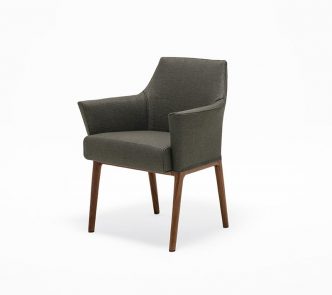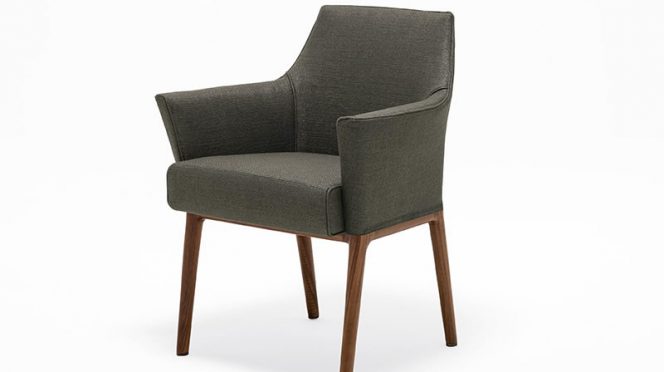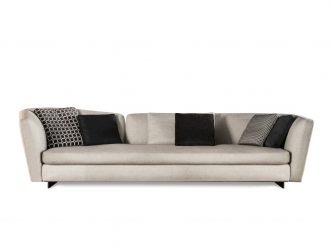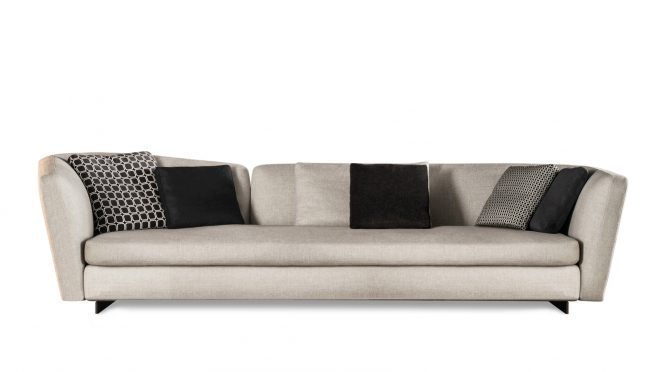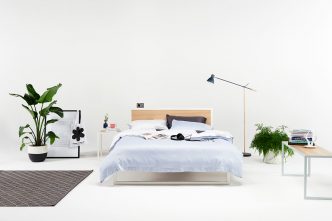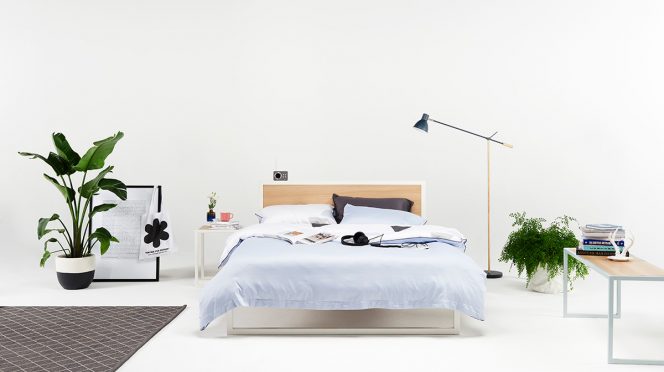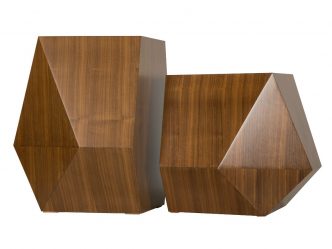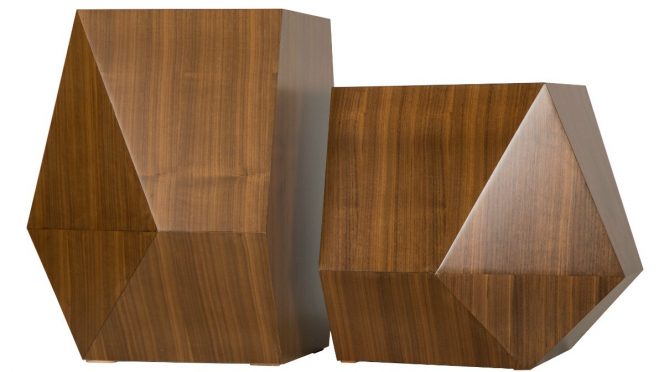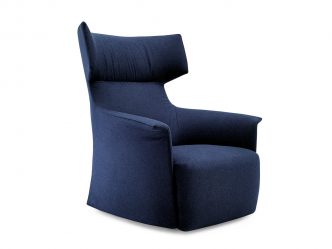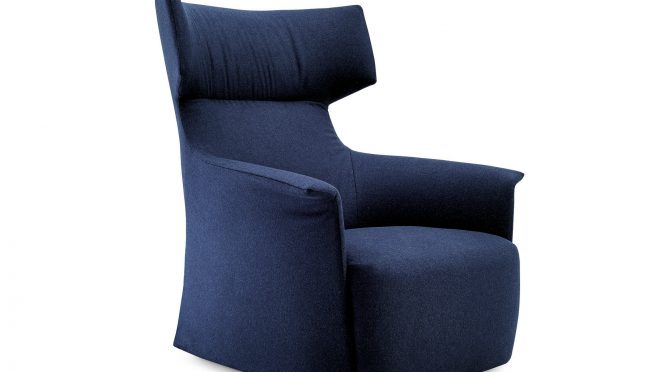Croatian designer Dorja Benussi has created the Soothing Chair, as part of her Sensorimotor Educational Equipment project.

Model of sensory processing based school furniture design works especially as the fulfillment of any of the “extreme” needs, when used by children with no sensory difficulties, actually can be equated with play. There is no reason not to transfer sensory stimulating environment, until now reserved for therapy, to public spaces for all children.
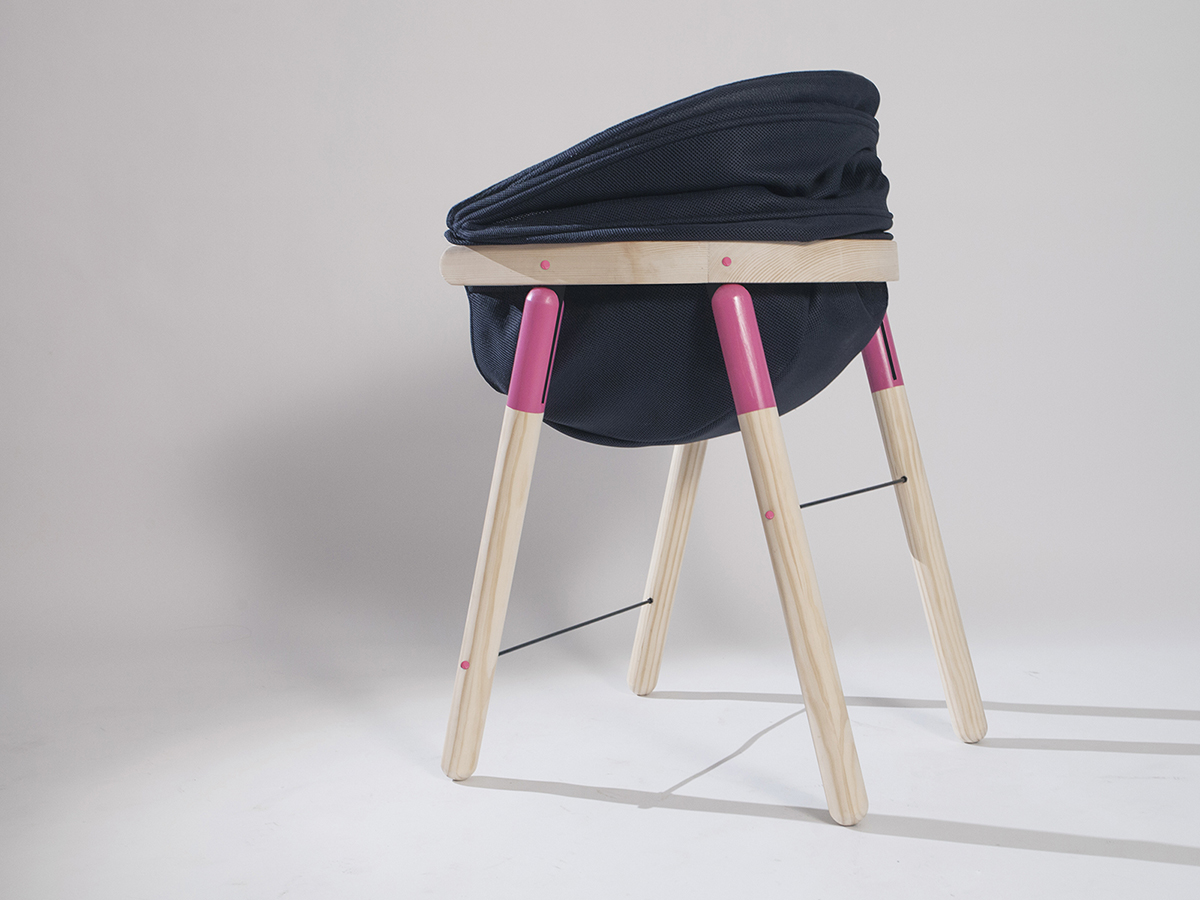
The principles of encouraging sensory integration and motor development should not be reserved for therapeutic institutions only, nor the movement and play should be limited to a period of rest. Children’s interaction with space during classes greatly affects their growth and development, but also the current concentration, memory and learning ability.

Although designed based on “extreme” sensory needs, this kind of furniture positively affect the mood of each child. Ideally designed stimulating environment should encourage all the senses. But, as the proprioceptive, tactile and vestibular system are primarily responsible for the quality of memory and learning, the school environment should primarily stimulate them.

The inclusive approach in the design of sensorimotor furniture is based on the adjustment to children with disabilities. However, an environment that encourages the development of sensory intelligence is required for all children and therefore should not be expensive and exclusive, as it is the case with therapeutic aids and toys.
Ideally, sensorimotor furniture would be ubiquitous and affordable garment for all.

Sensory processing is an overarching term that refers to the method the nervous system uses to receive, organize and understand sensory input. It is considered an internal process of the nervous system that enables people to figure out how to respond to environmental sensory information.

Sensory integration is a natural process, and a child without disabilities intuitively meets their sensory needs. The only thing that differentiates a child with sensory difficulties from one without it, in smart shaped environment, is that it needs guidance.

Support in the field of sensory integration need children with the sensory processing & self-regulation disorder, disorders of muscle tone, difficulty in fine and gross motor skills, motor planning disorders, children with poor organization of behavior disorders perception, arousal disorders, disorders of alertness and children who have difficulty playing.

Disorder of sensory processing usually appears with difficulties in motor development, cerebral palsy, autism spectrum, visual impairment, ADHD, disabilities in language and speech, learning, hearing disabilities, intellectual disabilities and others.


